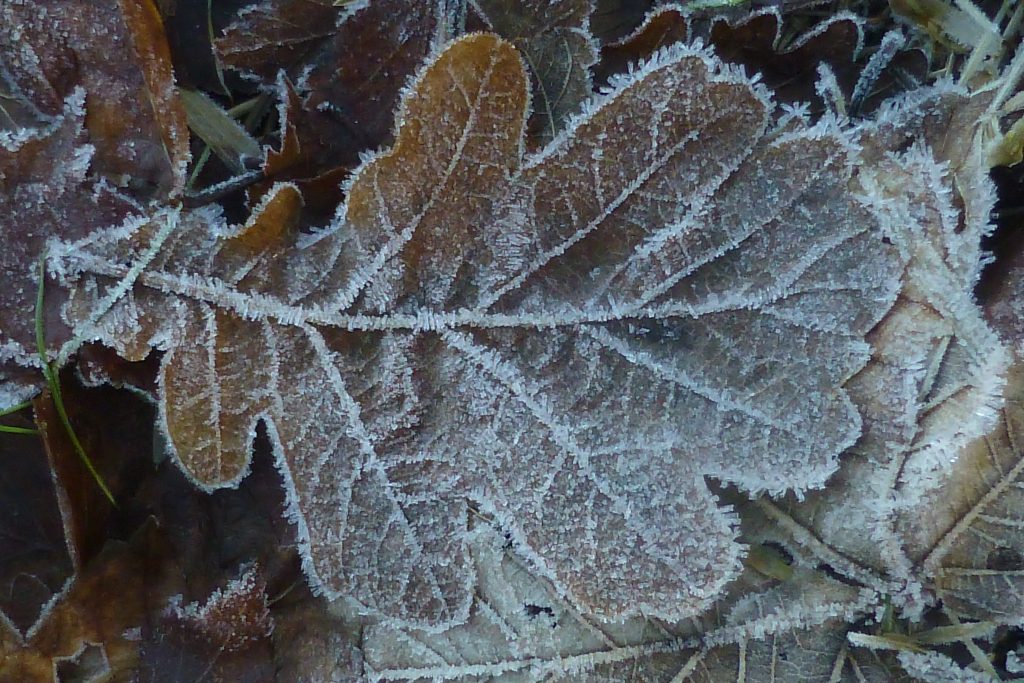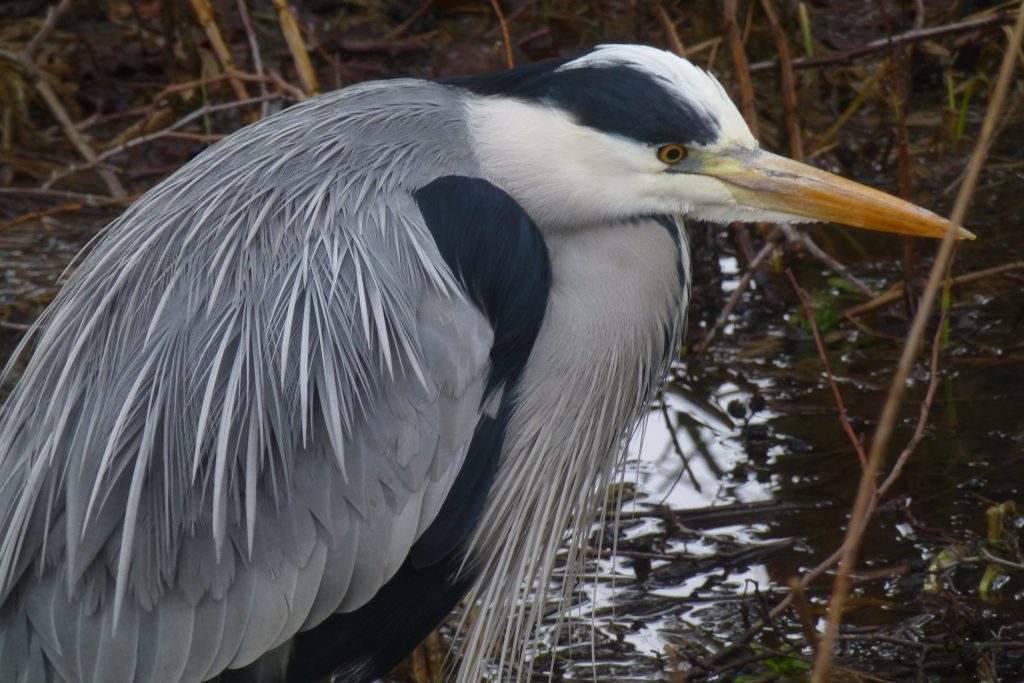January was a changeable month. It began as 2015 had ended – wet and windy – but there followed some cold frosty days around the middle of the month. The third week was very mild with some sunshine and the temperature rising to around 15°C on 24th and 25th. In the final days of the month Storm Gertrude battered Scotland and caused some damage in the Garden. No species were added to the Garden’s list, which remained at 789.
Birds Thirty-six bird species were recorded at the Edinburgh Garden during January. The Dipper that has been visiting the Biodiversity Garden’s ponds since November was seen on at least six more occasions (5th-7th, 12th, 22nd, 27th) and so got on to 2016’s list as well as 2015’s. It was heard singing more than once – will it attract a mate?? A Grey Wagtail joined it on 8th. A Kingfisher was seen on at least nine dates on the Chinese Hillside pond or, less frequently, on the main Pond. Because of its silence and relative lack of diving prowess it is believed to be a young bird. Other notable records were Redwing on five dates, a skein of Pink-footed Geese flying over on 25th (heading northwards, on one of the very mild mornings!) and a Curlew on 20th. Notable by their absence, or at least lack of records, during January were Feral Pigeons, which used to be common everywhere in the Garden throughout the year but now seem to visit much less frequently and in much smaller numbers. In their absence the wild Wood Pigeons appear to have become much tamer and now come for food instead of flying off. The complete list of 36 species recorded during January was: Blackbird, Black-headed Gull, Blue Tit, Bullfinch, Carrion Crow, Chaffinch, Coal Tit, Curlew, Dipper, Dunnock, Goldcrest, Goldfinch, Great Spotted Woodpecker, Great Tit, Greenfinch, Grey Heron, Grey Wagtail, Herring Gull, Kingfisher, Long-tailed Tit, Magpie, Mallard, Mistle Thrush, Moorhen, Mute Swan, Oystercatcher, Pink-footed Goose, Redwing, Robin, Siskin, Song Thrush, Sparrowhawk, Stock Dove, Tree Creeper, Wood Pigeon, Wren.
Insects and other invertebrates: Once again very few invertebrates were recorded. The first of the year, apart from leaf mines remaining on leaves persisting from the end of last year, were the flies Calliphora vicina (a bluebottle) on 14th and Phaonia tuguriorum on 22nd. A Gorse Shield Bug and a 7-spot Ladybird were both seen on 24th while the first Honey Bee of the year was recorded on 25th. The mines of the Holly Leaf Miner (Phytomyza ilicis) can be seen at any time of the year while Agromyza abiens was found on a basal leaf of Evergreen Alkanet on 7th and thus had the rather dubious honour of being the first invertebrate record of 2016.


